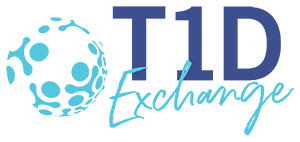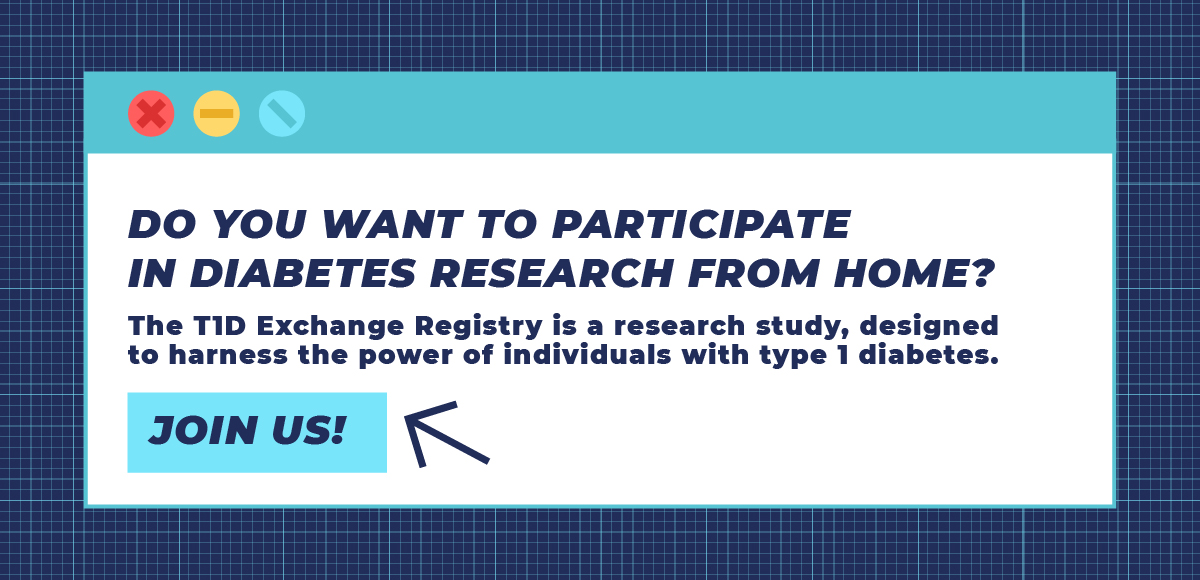
Sign up for a new account.
And get access to
The latest T1D content
Research that matters
Our daily questions
Sign up by entering your info below.
Reset Your Password
Don't worry.
We will email you instructions to reset your
password.
Ebekozien, O, Albanese, A, Noor, A, Antal, Z, Thorton, P, Rapaport, R, Gallagher, M.P., Levin, L
Background and Aims: Patch pumps have become a relevantalternative to classic tethered (tubed) insulin pumps. PatientReported Outcomes (PROs) play a vital role in understanding theability/willingness of individuals to engage with such systems.We aimed to investigate the preferences of participants using thenovel AccuChek Solo (ACS) pump.
Methods: Participants with T1D naı ̈ve to insulin pump ther-apy (39.0–11.9 years, 44% female, 15.0–10.8 duration of dia-betes, HbA1c 8.0–0.6% (70.5 mmol/mol) enrolled in amultinational RCT were asked to provide feedback on the ACSpump. Participants were either ACS direct users or switchedfrom MDI six months into the study.
Results: Benefits of ACS were reported byn=180 partici-pants (n=133 ACS direct use,n=47 MDI switchers), providingn=226 individual coded responses. Most cited benefits: wireless(n=37), quick bolus (n=32), no injections (n=28), bolus cal-culator, ease of use and discretion (alln=22). Most useful at-tributes reported byn=166 participants (n=166 individualresponses): bolus calculator (n=64), flexible basal/bolus rates(n=42) and quick bolus function (n=41). Downsides were re-ported byn=166 participants (n=216 individual responses):manager not a smartphone app (n=57), not waterproof (n=39)and needs greater compatibility with other systems eg flash/CGM/BG meter (n=26)
Conclusions: Users overwhelmingly found the bolus calcu-lator/device manager most useful and benefitted from the wire-less, discreet nature of the system. Integration of the managerinto a smartphone was recommended by most and a waterproofversion desirable by many. Results indicate ACS is an acceptabletherapy choice with potential to improve biomedical and psy-chosocial outcomes of users
Full study abstract listed under number O078 at this link: https://www.liebertpub.com/doi/10.1089/dia.2021.2525.abstracts







